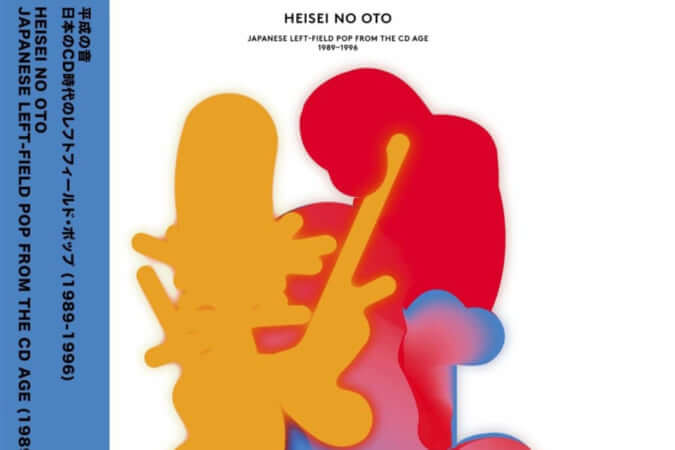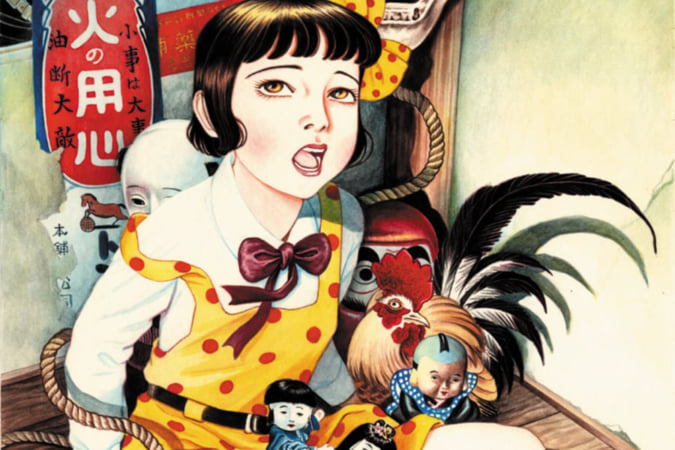HOTO FUDO, a Creation Halfway Between Art and Nature by Takeshi Hosaka
The Japanese architectural firm built an aerial structure close to Mount Fuji that's in symbiosis with its environment.
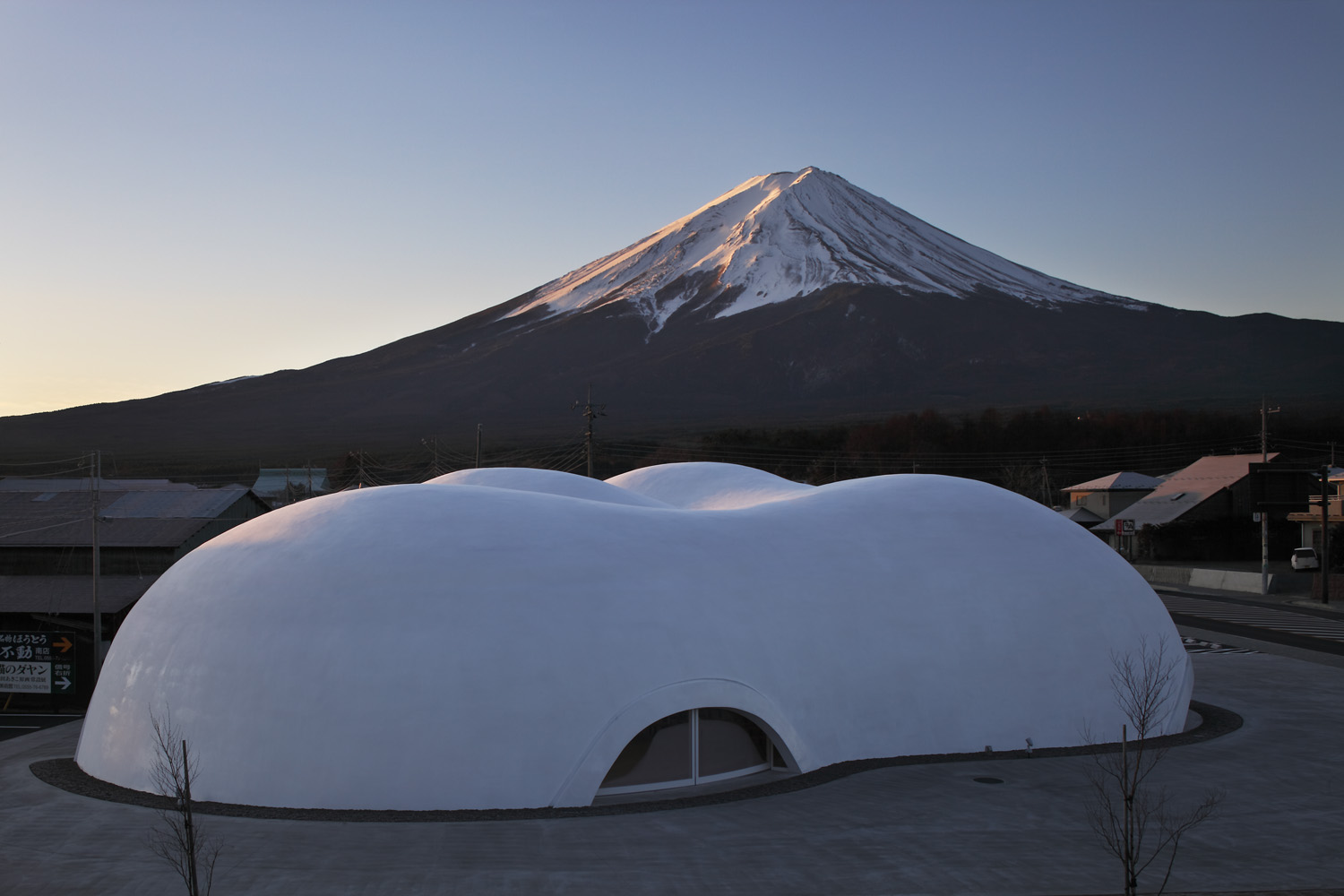
©Koji Fujii
A few kilometres from Mount Fuji, the firm Takeshi Hosaka Architects designed a building with a light, rounded shape, which is home to a restaurant that serves hoto, a noodle speciality from the Yamanashi region.
‘This building seems to belong to the category of natural objects, such as mountains and clouds. It was made with a soft geometry that does not come from shapes like quadrangles or circles,’ the architects behind the HOTO FUDO project explain on their website.
Linking with nature
The structure, completely white and slightly larger than 700 square metres, was designed to blend in perfectly with the elements and the nature of the environment. Thus, it is penetrated only by large, sliding bay windows that are curved, the architectural firm having placed them in such a way that the air would circulate perfectly well inside the structure, avoiding the need for air conditioning. The lighting system was also designed to maintain the symbiosis between the building and the exterior. The luminosity is adjustable and adapts throughout the day to the intensity of the light at different times.
HOTO FUDO allows its diners to have privileged access to the spectacle that nature offers over the course of the seasons: ‘When it rains, people can appreciate the sound of the raindrops from inside. When it’s foggy, the fog enters the building. When it snows, it becomes a landscape buried in the snow, and sometimes birds and animals come in. It’s half-way between nature and art,’ concludes the firm Takeshi Hosaka Architects.
HOTO FUDO (2009), a project by the firm Takeshi Hosaka Architects, can be viewed on their website.
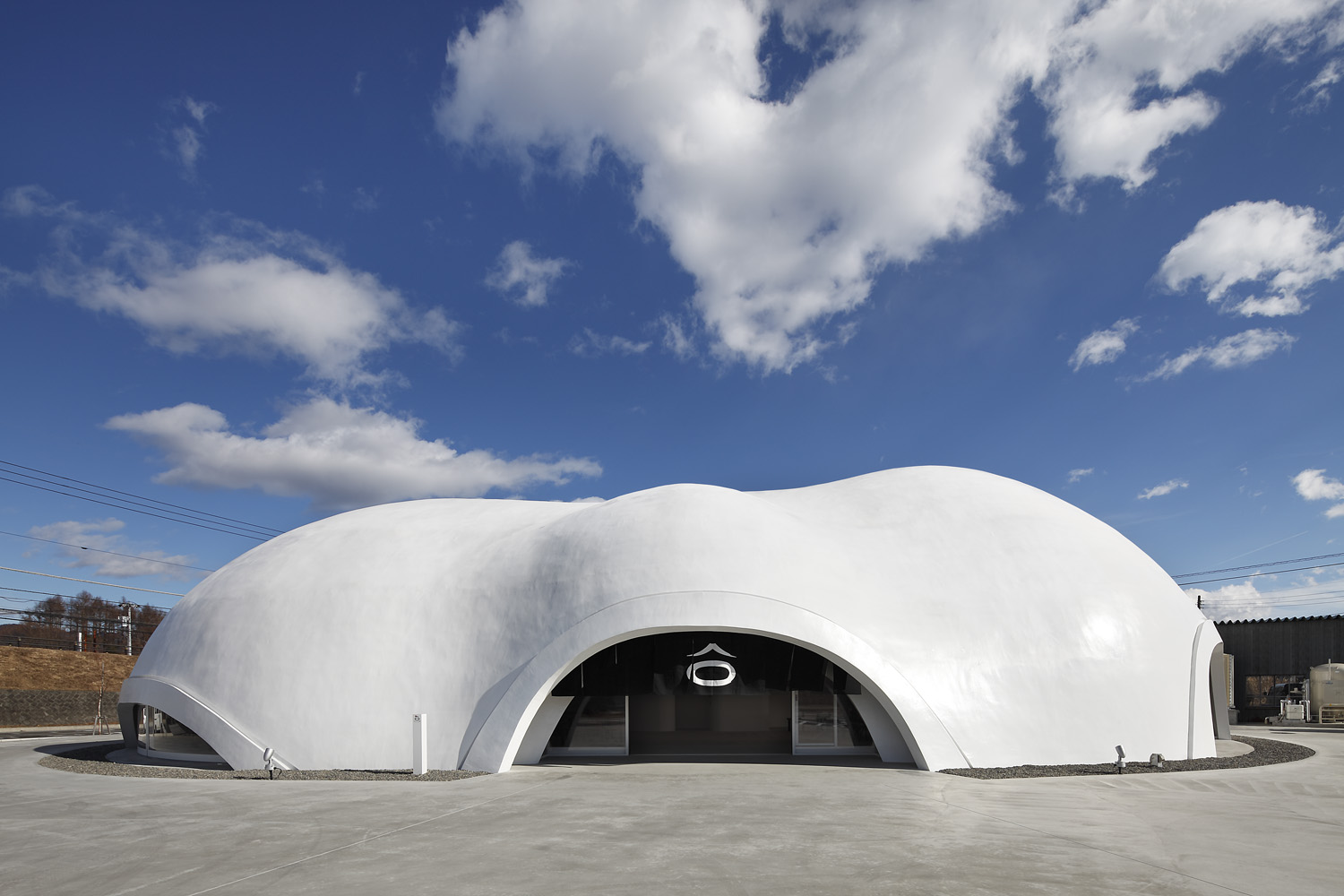
© Koji Fujii
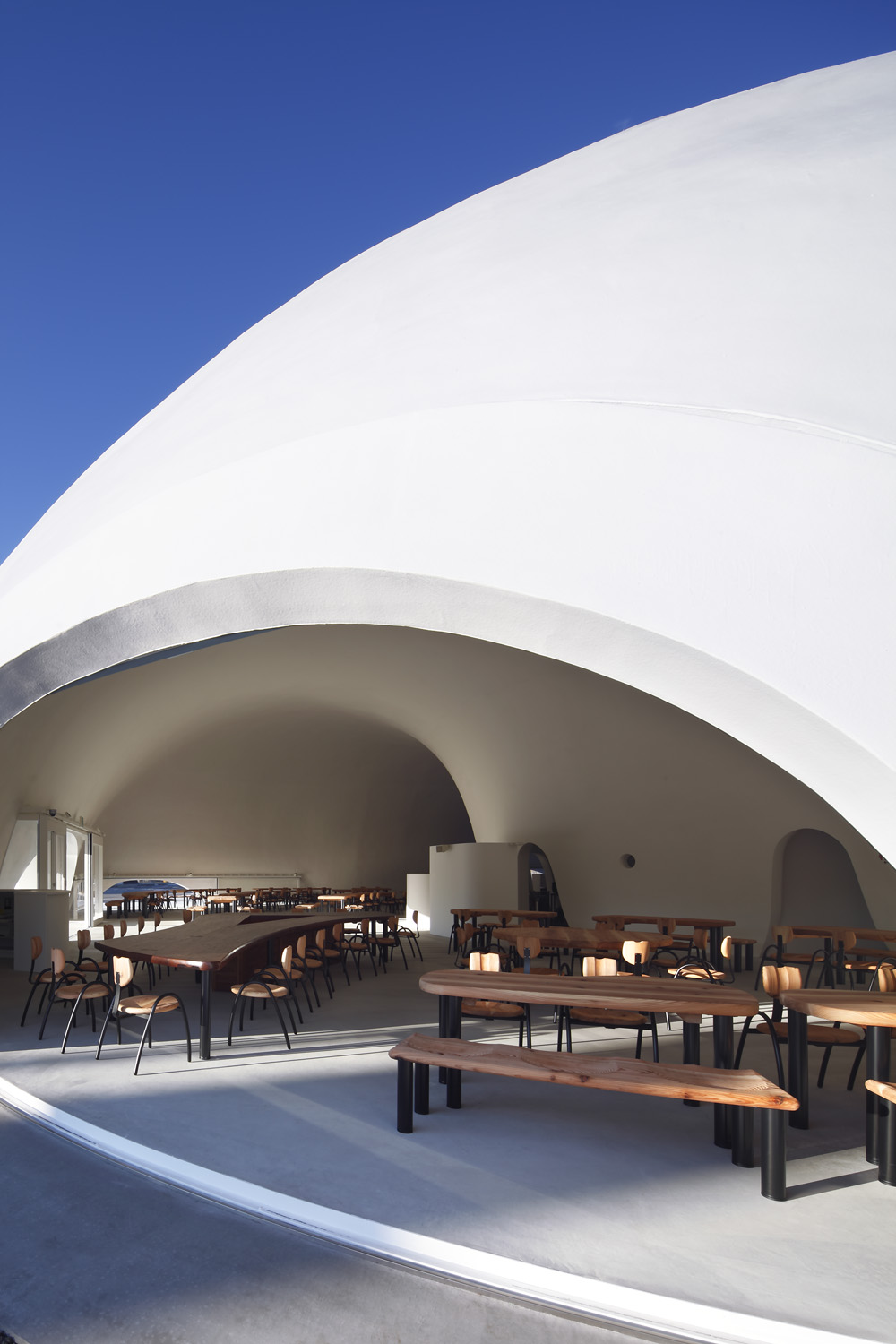
© Koji Fujii
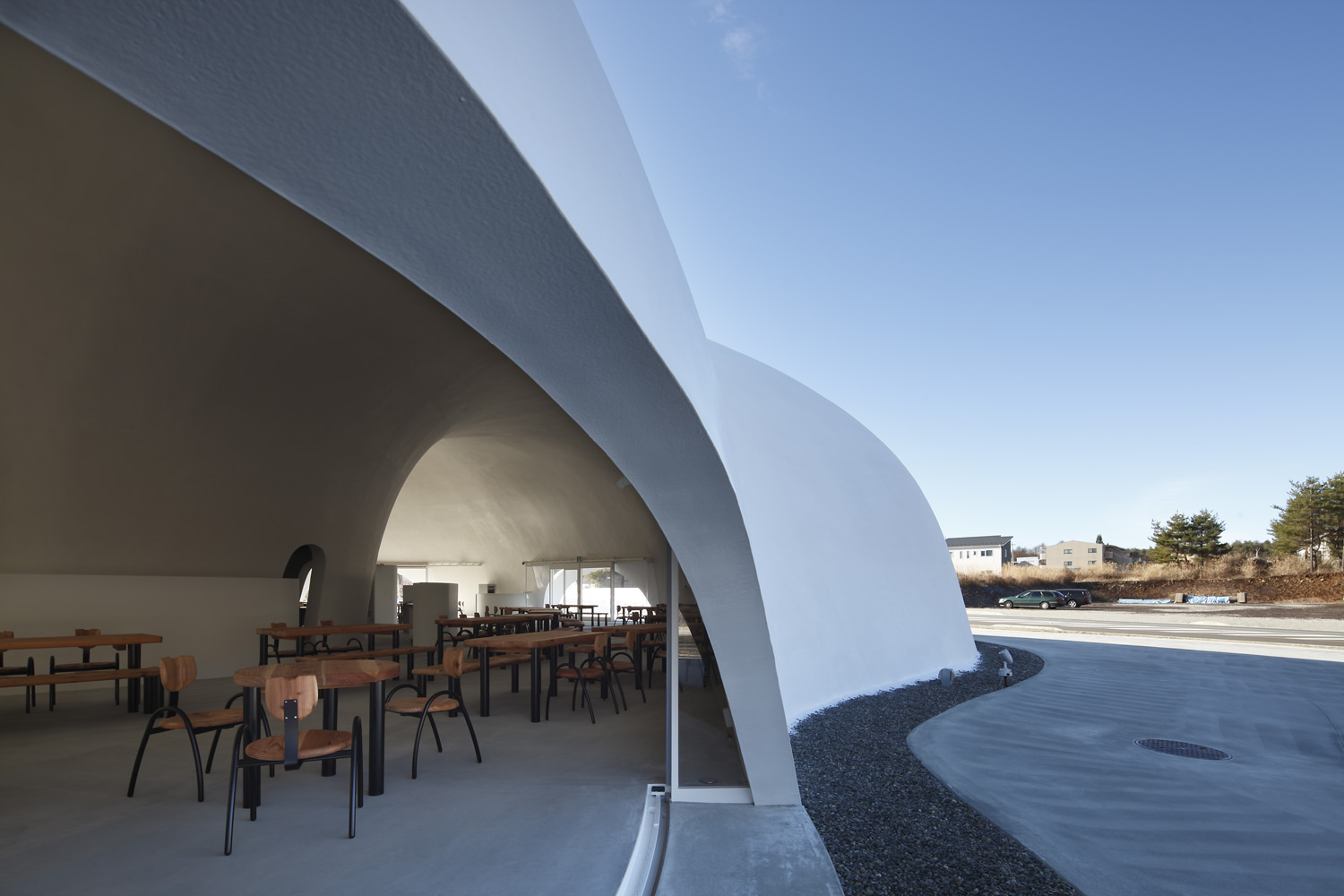
© Koji Fujii
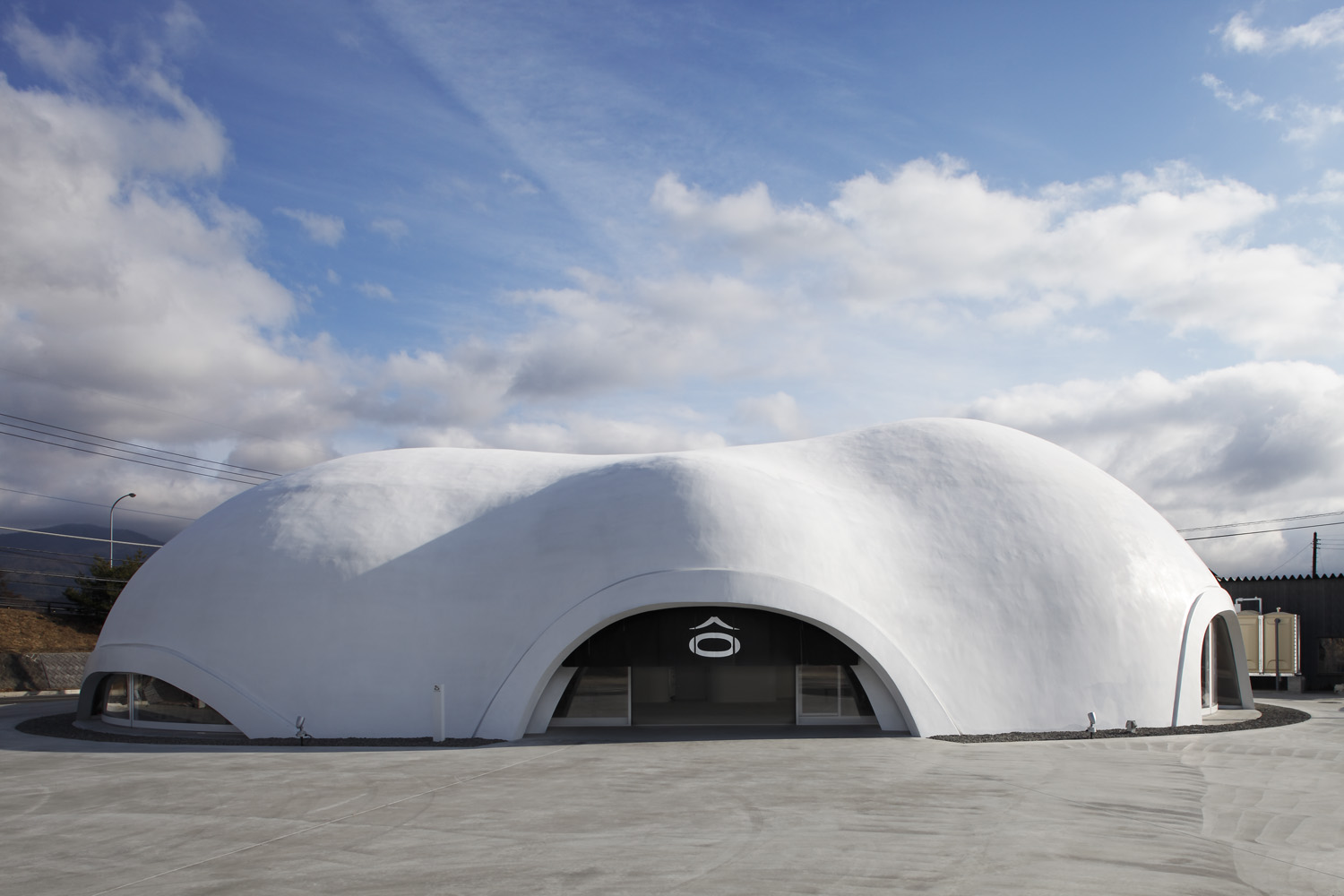
© Koji Fujii
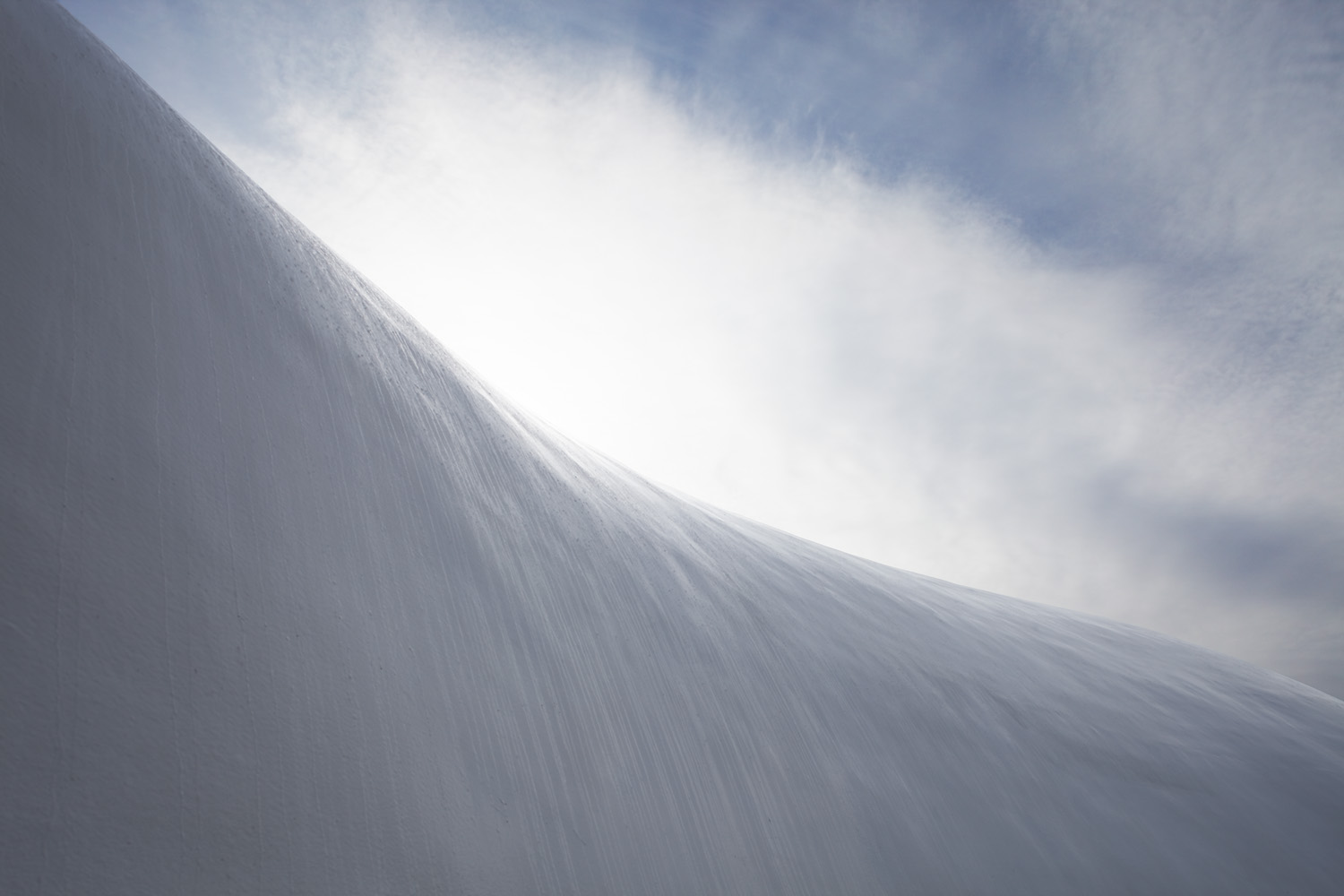
© Koji Fujii
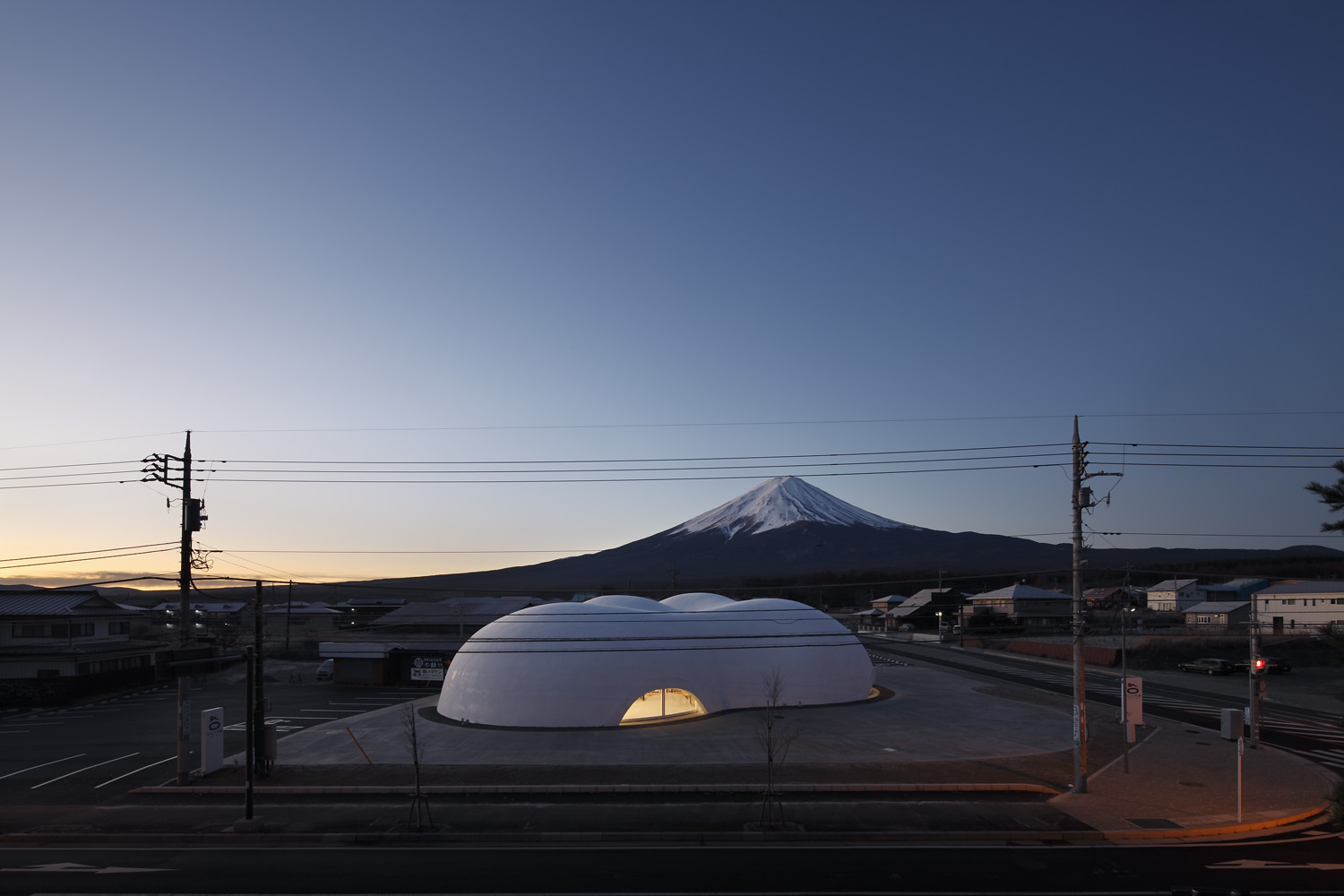
© Koji Fujii
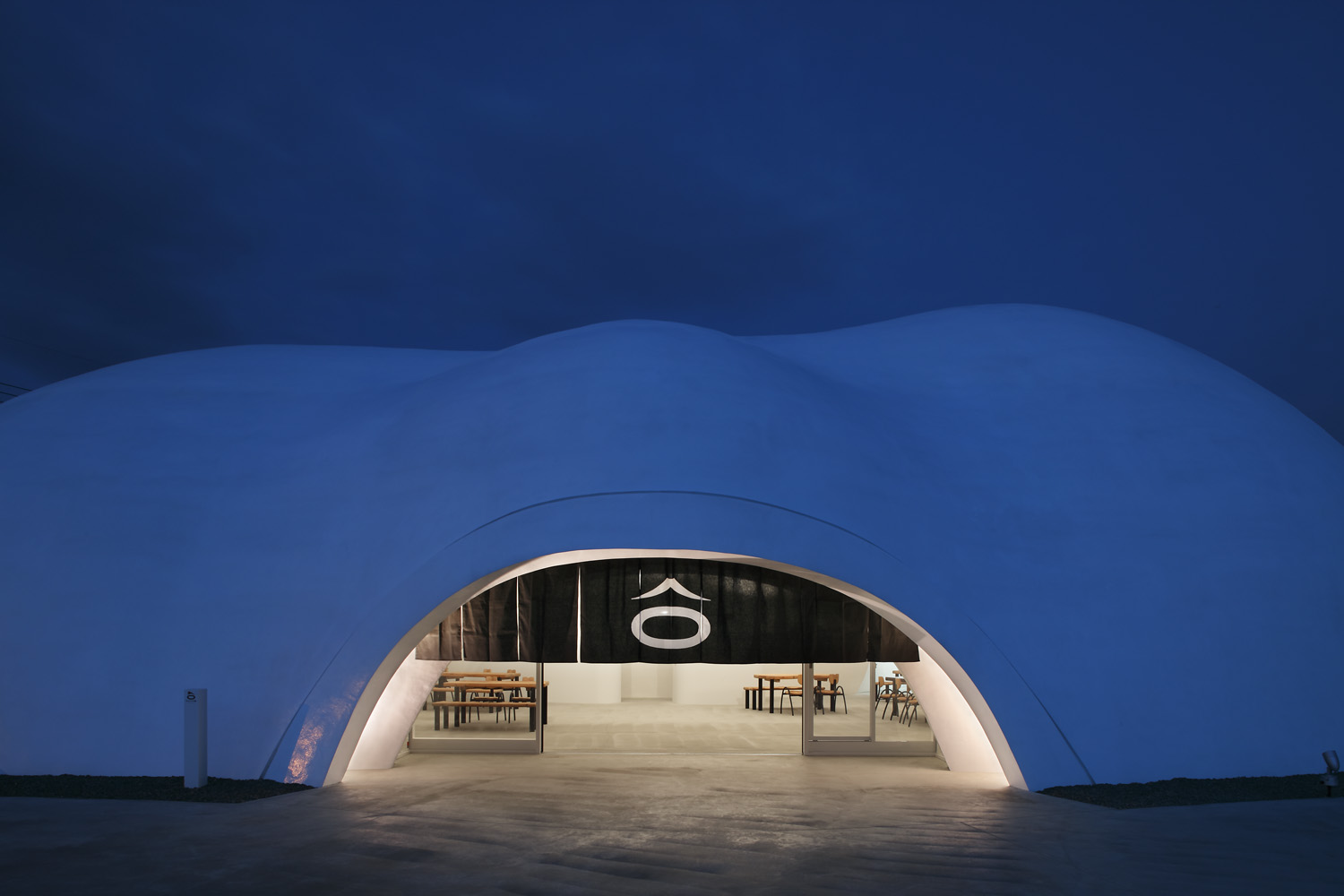
© Koji Fujii

© Koji Fujii
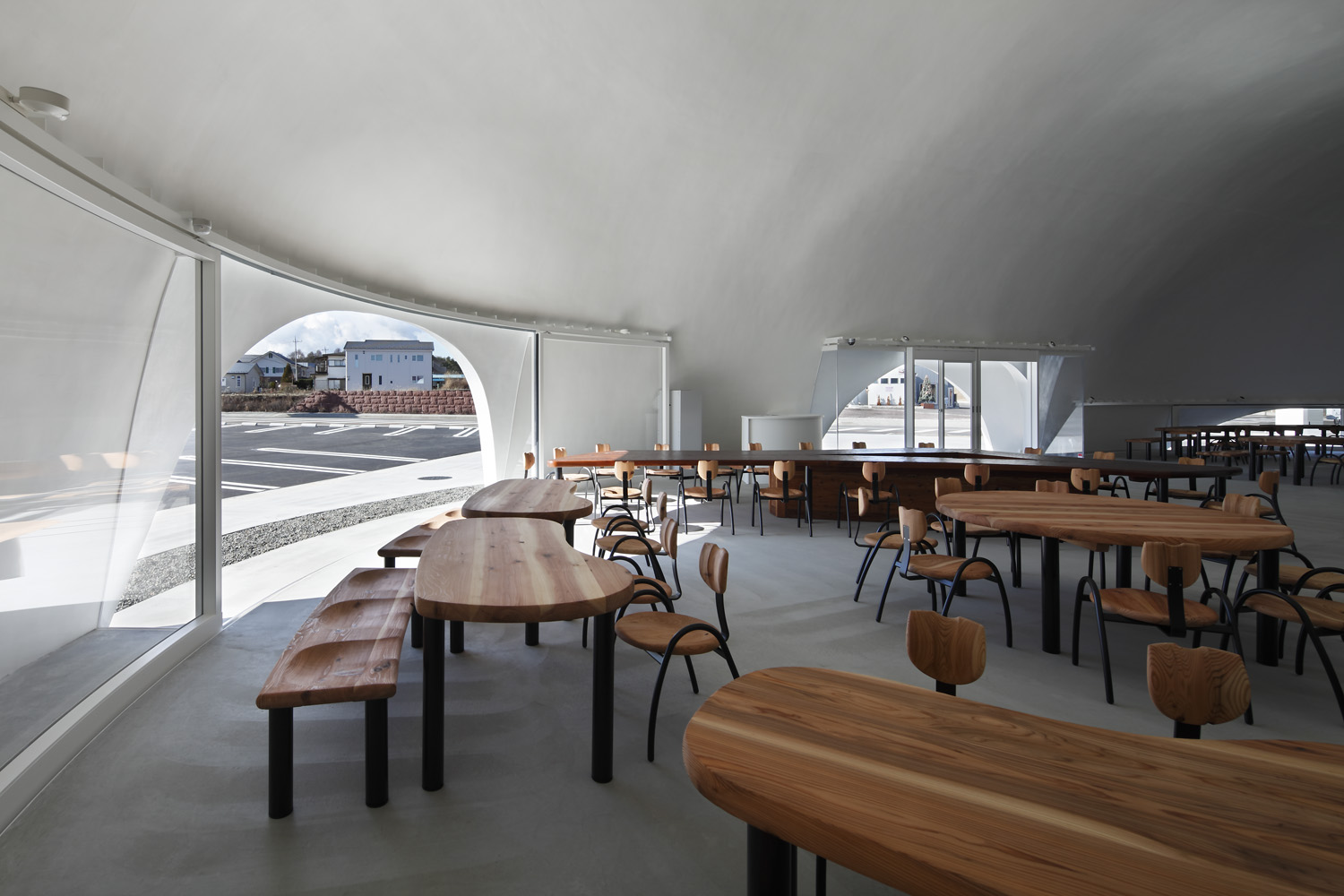
© Koji Fujii
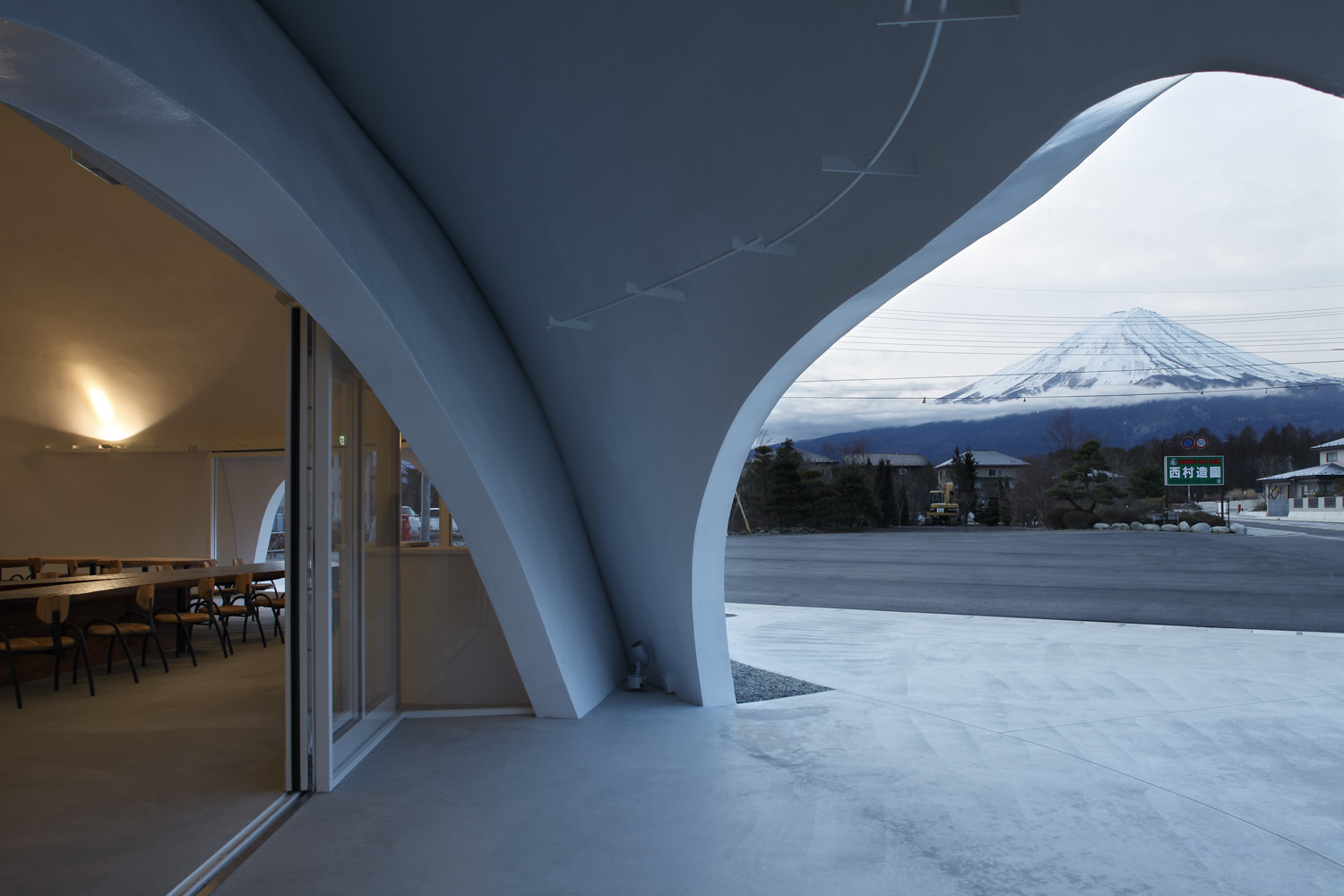
© Koji Fujii
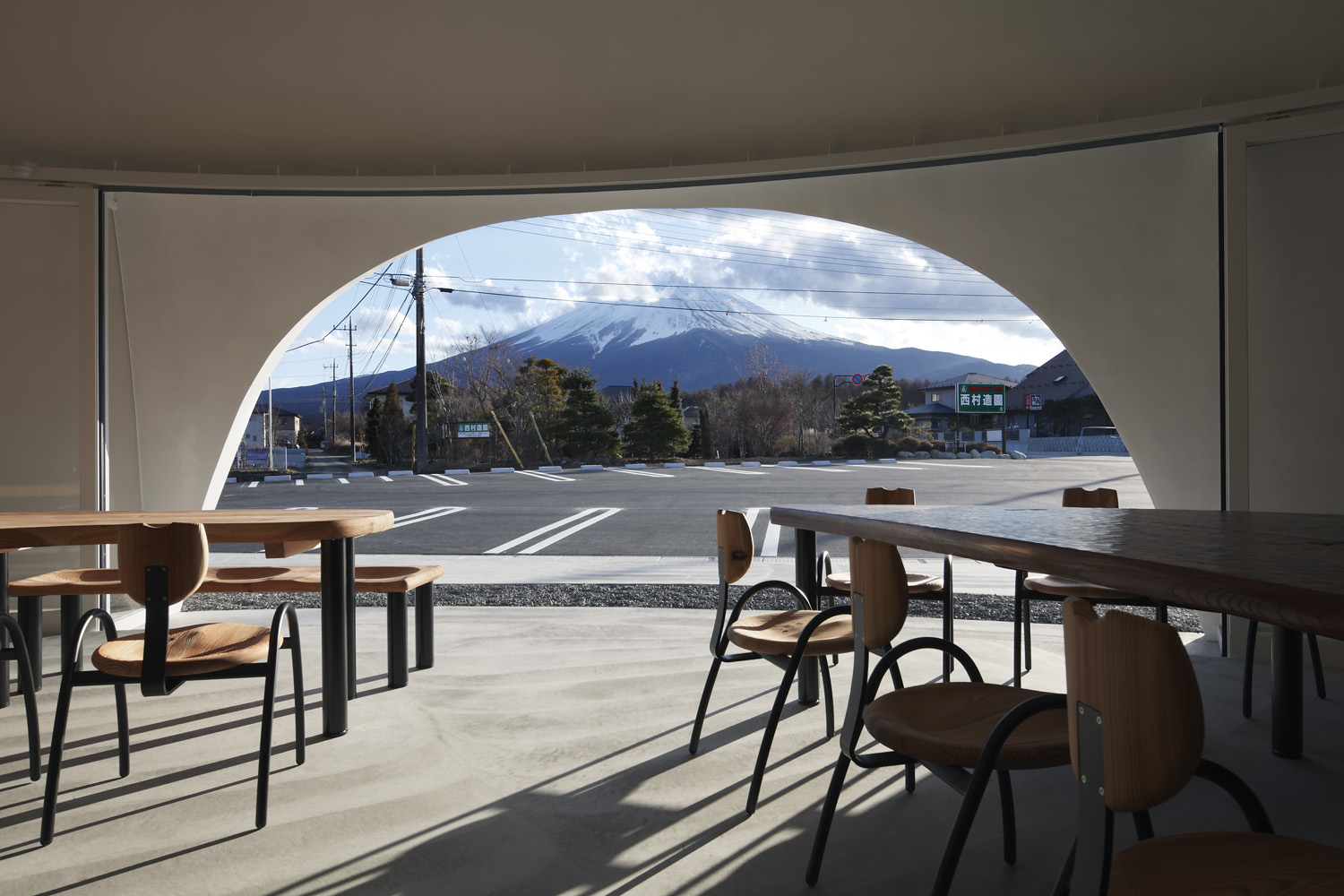
© Koji Fujii
TRENDING
-
The Tattoos that Marked the Criminals of the Edo Period
Traditional tattoos were strong signifiers; murderers had head tattoos, while theft might result in an arm tattoo.

-
The Story of Sada Yacco, the Geisha who Bewitched Europe
Described by Dazed magazine as the first beauty influencer, she has been restored to her former glory since 2019.

-
Chiharu Shiota, Red Threads of the Soul
Last year, more than 660,000 people visited the retrospective 'Chiharu Shiota: The Soul Trembles' exhibit at the Mori Art Museum.

-
Japanese Left-field Pop From The CD Age, 1989-1996
‘Heisei No Oto’, a compilation of hidden gems in the unspoken depths of Japanese pop, reveal blissful moment of technological possibility.

-
‘Shojo Tsubaki’, A Freakshow
Underground manga artist Suehiro Maruo’s infamous masterpiece canonised a historical fascination towards the erotic-grotesque genre.




